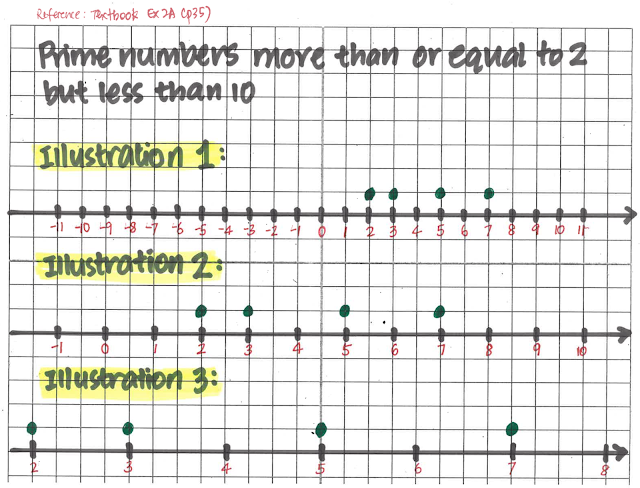In lesson, we discussed the concept of the addition & subtraction of integers using ZERO PAIRS.
You can click here to watch a series of short clips that discussed the concepts of operations in greater details.
In the study notes, the concepts on the product is explained using NUMBER LINES (p12-p13). The links in the Study Notes (p14) can be found here:
- Multiplying Negative Numbers (explanation using number lines: https://www.mathsisfun.com/multiplying-negatives.html
- Operations, explained using Number Line (Youtube): https://youtu.be/tNJhbgKq_Jg
- Why a Negative times a Negative is positive (Khan Academy): https://www.khanacademy.org/math/cc-seventh-grade-math/cc-7th-negative-numbers-multiply-and-divide/cc-7th-mult-div-negatives/v/why-a-negative-times-a-negative-is-a-positive






















